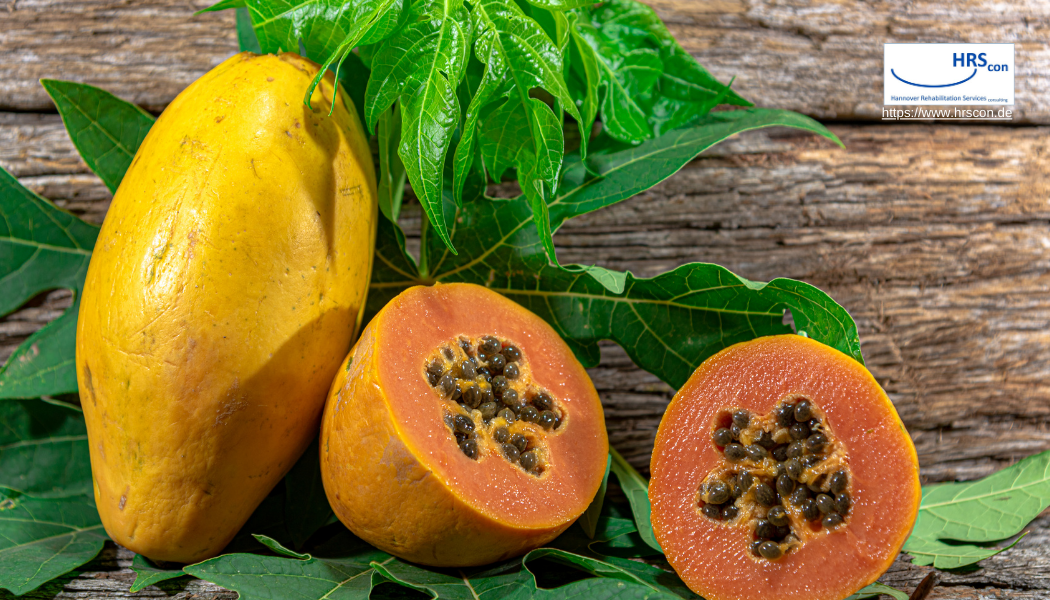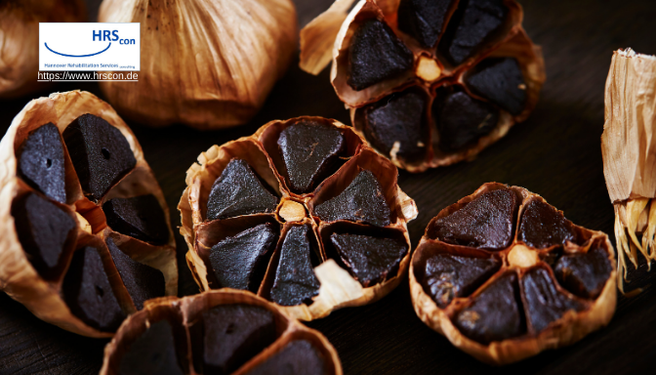Carica papaya, commonly known as papaya, has long been celebrated for its juicy and nutrient-packed fruit. However, recent studies highlight an equally impressive part of the plant: its leaves. A study explores the nutritional, phytochemical, and antimicrobial properties of papaya leaves, revealing their potential to revolutionize health, medicine, and functional foods.
What Makes Papaya Leaves Special?
Traditionally, papaya leaves have been used to treat a wide range of ailments, from inflammation to infections and chronic conditions like diabetes and cancer. This new study delves into their rich nutritional content and bioactive compounds, unveiling why they deserve a prominent place in health discussions.
Key Findings
Nutritional Composition
Papaya leaves are a nutritional powerhouse packed with proteins, carbohydrates, fiber, and essential minerals. Table 1 provides a summary of their composition:
| Nutrient | Concentration |
|---|---|
| Moisture | 15.16 g/100 g |
| Crude Protein | 25.75 g/100 g |
| Carbohydrates | 41.49 g/100 g |
| Crude Fiber | 9.06 g/100 g |
| Fat | 4.50 g/100 g |
| Calcium (Ca) | 1079 mg/kg |
| Potassium (K) | 4071 mg/kg |
| Magnesium (Mg) | 789.2 mg/kg |
| Iron (Fe) | 228.2 mg/kg |
| Sodium (Na) | 361.2 mg/kg |
| Total Soluble Protein (TSP) | 52.37 mg/g |
Why It Matters: Papaya leaves are a rich source of potassium, calcium, magnesium, and iron, essential for bone health, muscle function, and blood formation. Their high fiber content supports digestion and heart health, while the proteins offer bioavailable nutrients for growth and repair.
Antioxidant Power
Papaya leaves are loaded with phenolic compounds and flavonoids, powerful antioxidants that neutralize harmful free radicals. These properties help prevent chronic diseases such as cancer, cardiovascular diseases, and aging-related conditions.
| Antioxidant Measure | Value |
| Total Phenolic Content | 8.85 mg GAE/g |
| Total Flavonoid Content | 21.00 mg QE/g |
| DPPH Radical Scavenging | 77.55% |
| FRAP (Ferric Reducing Power) | 25.34 mmol/mg |
Implication: The study shows that papaya leaves’ antioxidant capacity rivals many superfoods, making them a valuable addition to functional foods and dietary supplements.
Antimicrobial Properties
Papaya leaf extract exhibited remarkable antimicrobial activity against harmful bacteria, including Escherichia coli, Staphylococcus aureus, Bacillus subtilis, and Klebsiella pneumoniae. The zones of bacterial growth inhibition ranged from 22 to 25 mm, comparable to standard antibiotics like ciprofloxacin.
| Bacterial Species | Zone of Inhibition (mm) |
| Escherichia coli | 23.18 |
| Staphylococcus aureus | 25.15 |
| Bacillus subtilis | 25.00 |
| Klebsiella pneumoniae | 22.05 |
Potential Uses:
- Development of natural food preservatives.
- Creation of antimicrobial coatings and packaging.
- Use in herbal medicine to combat infections.
Scientific Evidence of Bioactivity
The study utilized advanced techniques such as gas chromatography-mass spectrometry (GC-MS), Fourier-transform infrared spectroscopy (FTIR), and X-ray diffraction (XRD) to confirm the presence of bioactive compounds. These include:
- Phenolic compounds: Key to antioxidant activity.
- Flavonoids and tannins: Offer anti-inflammatory and antimicrobial benefits.
- Alkaloids: Contribute to wound healing and pain relief.
How These Compounds Work: Phenolic compounds help neutralize free radicals, reducing oxidative stress, while tannins and flavonoids inhibit bacterial growth by disrupting cell walls. Alkaloids are particularly effective in accelerating wound healing and reducing inflammation, adding to the therapeutic potential of papaya leaves.
Thermal and Structural Properties
Papaya leaves are thermally stable up to 177°C, making them suitable for food processing. Their amorphous structure enhances the solubility and bioavailability of nutrients, ensuring they retain flavor and nutritional benefits during cooking or preparation. The study’s XRD analysis further highlights the presence of crystalline cellulose, contributing to the leaves’ mechanical strength and potential use in dietary fiber supplements.
Applications in Functional Foods
Given their nutritional and therapeutic profile, papaya leaves can play a pivotal role in developing functional foods and nutraceuticals. Examples include:
- Tea and Beverages: Papaya leaf tea can boost immunity and detoxify the body. Its rich antioxidants help improve overall wellness.
- Fortified Foods: Adding powdered papaya leaves to bread, cereals, or snacks can enhance their nutritional value, particularly for those with mineral deficiencies.
- Supplements: Extracts can be formulated into capsules or tablets for general health or targeted treatments, such as improving blood platelet counts.
- Herbal Remedies: Papaya leaves can be infused into oils or ointments for external use in treating skin conditions and wounds.
Broader Health Implications
The benefits of papaya leaves extend beyond basic nutrition. Their antimicrobial and antioxidant properties make them particularly effective in:
- Fighting Chronic Diseases: By reducing oxidative stress, papaya leaves may help lower the risk of conditions like heart disease and cancer.
- Improving Gut Health: The high fiber content aids digestion and promotes gut microbiota balance.
- Boosting Immunity: The presence of vital nutrients like potassium and magnesium strengthens the body’s natural defenses.
The Future of Papaya Leaves in Food and Health
The antimicrobial and antioxidant properties of papaya leaves position them as a sustainable, plant-based alternative to synthetic chemicals. They align with consumer preferences for natural, clean-label ingredients and could address global health challenges such as antibiotic resistance and nutrient deficiencies. Additionally, papaya leaves have the potential to support food security by offering a low-cost, widely available source of essential nutrients.
Conclusion
Papaya leaves are much more than agricultural byproducts. Rich in nutrients, antioxidants, and antimicrobial compounds, they hold immense potential for improving human health. With further research and innovation, these humble leaves could become a cornerstone of the next wave of functional foods and natural remedies.
Takeaway for Readers: Start incorporating papaya leaves into your diet through teas, powders, or extracts. They’re a simple way to boost your nutrition and protect against diseases naturally. Whether you’re looking for an antioxidant-rich beverage or a natural remedy for minor infections, papaya leaves are a versatile and accessible option for better health.




